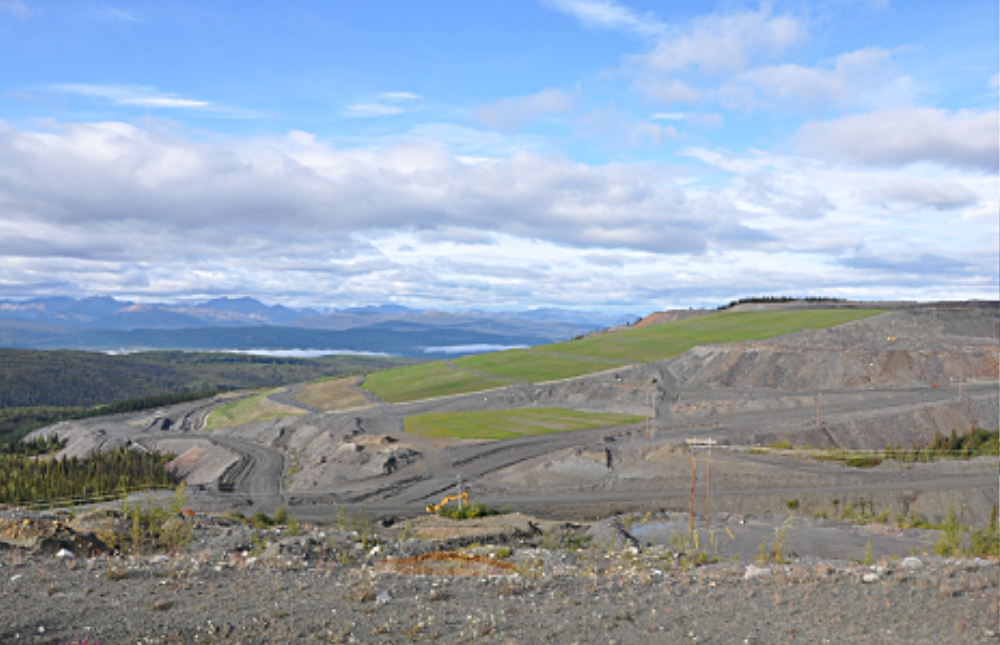
Red Chris Mine
Client: Newcrest Mining Ltd.
Year: 2019 – Current
Red Chris Mine, operated by Newcrest Red Chris Joint Venture (Newcrest) is a copper and gold mine located in northwest British Columbia 80 km south of Dease Lake, BC. In the fall of 2019 and in a very short period Pelly choreographed the mobilization of an extensive fleet of personnel and large-scale mining equipment to the mine. This included 140 personnel and 90 loads of equipment. Initial work included upgrading the haul roads in the tailings area and developing borrow sources. Most of the work focused on the tailings impoundment shell. To date over 5,000,000 cubic metres of structural fill and waste material have been excavated, hauled and placed. Pelly worked in partnership with the Tahltan Nation Development Corporation (TNDC), the business arm of the Tahltan Nation. Both companies have equipment and employees working on the impoundment area.
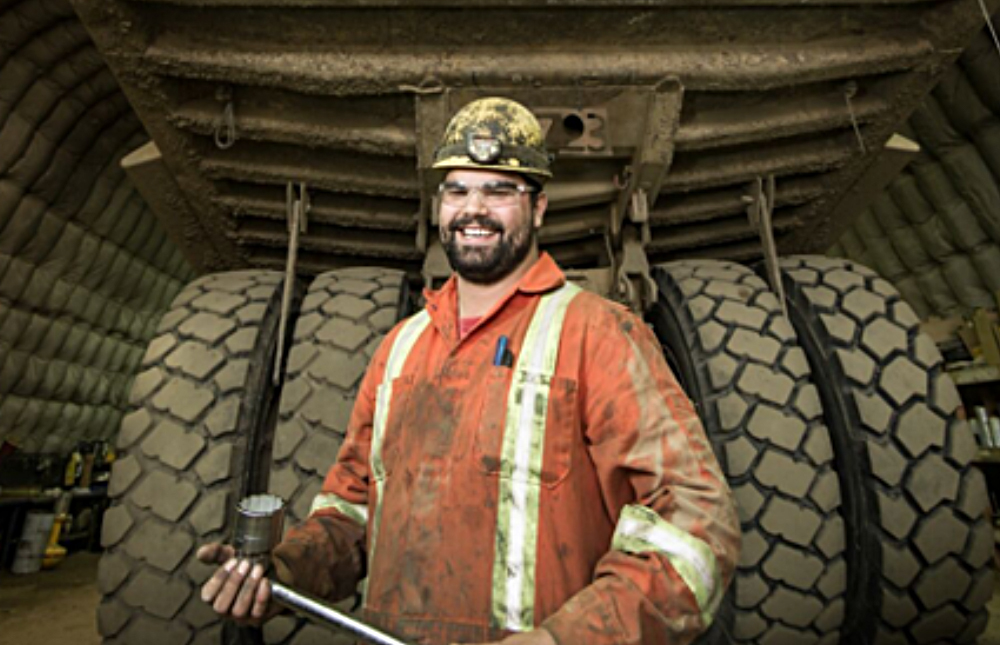
Faro Reclamation
Client: Parsons (for CIRNAC)
Year: 2019 – 2022
The Faro Mine Site was at one time the largest lead zinc mine in the world. Abandoned in 1997, the mine is considered one of the most difficult and complex mine remediation projects in Canada. The scope of work for this project included the construction of the 1.9 km realignment of the North Fork Rose Creek diversion channel away from mine waste.
The project included the construction of temporary roads, diversion channel, spillway, channel inlet, and the supply/install of BGM liner. A key challenge for this project was the sourcing and producing of the 14 different material types from multiple borrow sources including rock quarry. The project also entailed the preparation of these materials from several borrow areas which included crushing and screening select materials. Pelly was responsible for water and sediment control including construction of temporary tributaries, culvert installation, dewatering and managing sediment impacted and metals impacted water. Pelly performed all materials testing, QA/QC, water sampling and reporting and documentation of the work. Pelly provided first aid and emergency services including mine rescue team, mine rescue training, a fully equipped mine rescue mobile unit and ambulance.
Throughout the project Pelly worked closely with Ross River Dena Council and the Kaska Dena Council ensuring commercial, employment and training opportunities flowed into the communities.
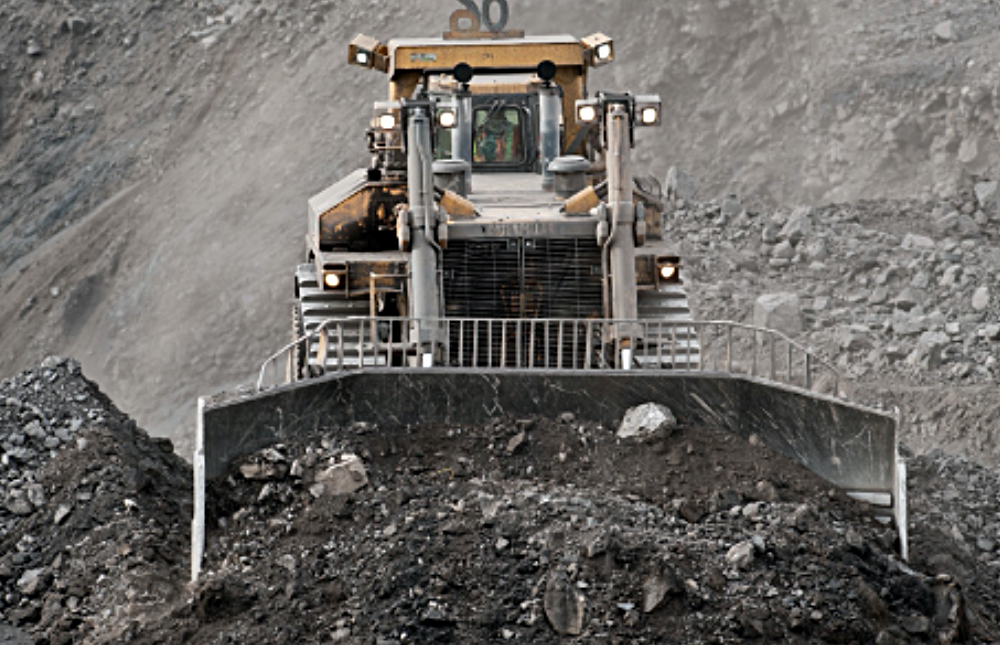
Eagle Gold Mine
Client: Victoria Gold Corporation
Year: 2018 – 2019
Pelly carried out site development work for Victoria Gold Corporation at the Eagle Gold Project near the community of Mayo in the central Yukon approximately 480 km north of Whitehorse. This project illustrates Pelly’s ability to adjust to unforeseen geotechnical variations and significant quantity adjustments and still meet the owner’s schedule and quality requirements.
Work included preparing a heap leach pad and construction of a major containment embankment, control pond, site for the gold recovery plant, clearing, and a crusher and ore storage site. The work required large quantities of rock requiring Pelly to operate a large drilling and blasting campaign. Since the site was mountainous and extremely wet, having surface and subsurface drainage systems in place were vital. An extensive piping system for pregnant leachate was placed on top of a multi-layer liner. The site’s Water Management Plan (WMP) required silt fencing around all work areas. The WMP has many controls in place, including swales, pumps, diversions, finger drains, exfiltration sumps, lateral drains, ditches, and seepage chain. Pelly worked closely with site engineers on a daily basis to ensure numerous quality control systems were followed.
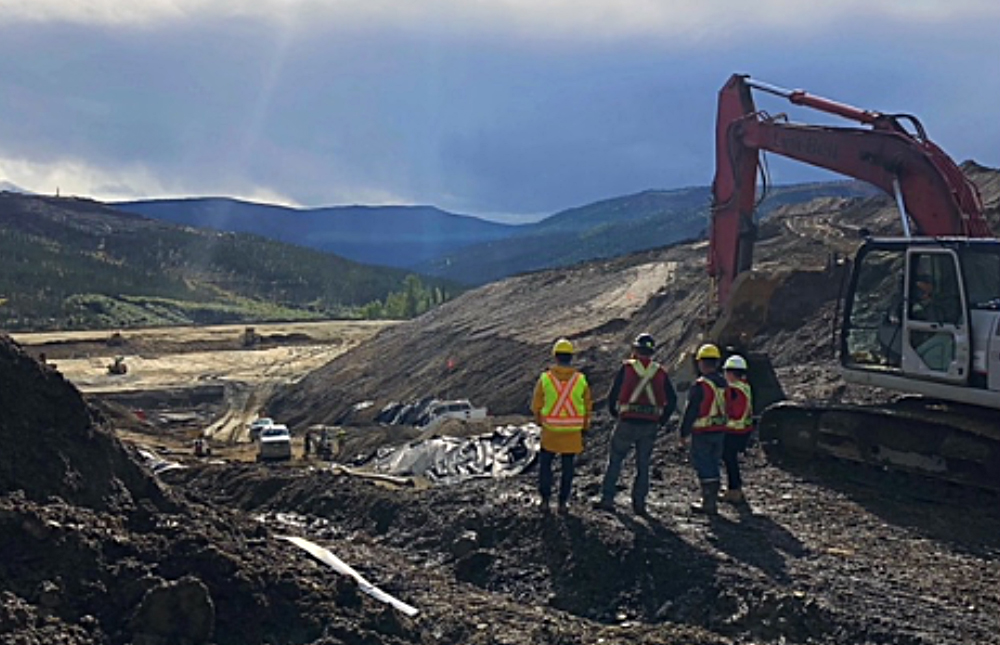
Minto Mine
Client: Minto Explorations Ltd.
Year: 1996 – 2002: Intermittent site development
Year: 2006 – 2018: Continual mining
Pelly worked with Minto Explorations Ltd. in central Yukon for 22 years on this long-term project.
Site development work included construction of a 43-km access road, rerouting of a large watercourse, and flood control measures. Pelly also built a 1,400-metre airstrip and multiple laydown areas. Minto Mine is inaccessible by road for months at a time, during the freeze-up and break-up of the Yukon River, so careful planning and forecasting were essential.
Pelly upgraded the access road and completed the infrastructure development. This included the rough cuts necessary for future camp and mill footprints and the building of a water retention dam in a steep and narrow valley, and an embankment to contain ice-rich overburden.
The site evolved into an operating mine, and Pelly was awarded the contract to mine the main deposit. Pelly drilled, blasted, loaded, hauled and placed large quantities of materials while exercising strict quality control. The average daily target was 12,000 m3 per day, 365 days per year. Ongoing site works entailed construction, maintenance and expansion of all site access roads, dry-stack tailings, stockpile and crusher feed, drainage construction and annual ice bridge construction and maintenance across the Yukon River. A total of four pits were developed and three pushbacks.
Safety was a cornerstone of this project. During the mining phase, there were several years were Pelly did not experience a single reportable incident.
Pelly worked closely with the Selkirk First Nation and the Selkirk Development Corporation for several years during work at the site.
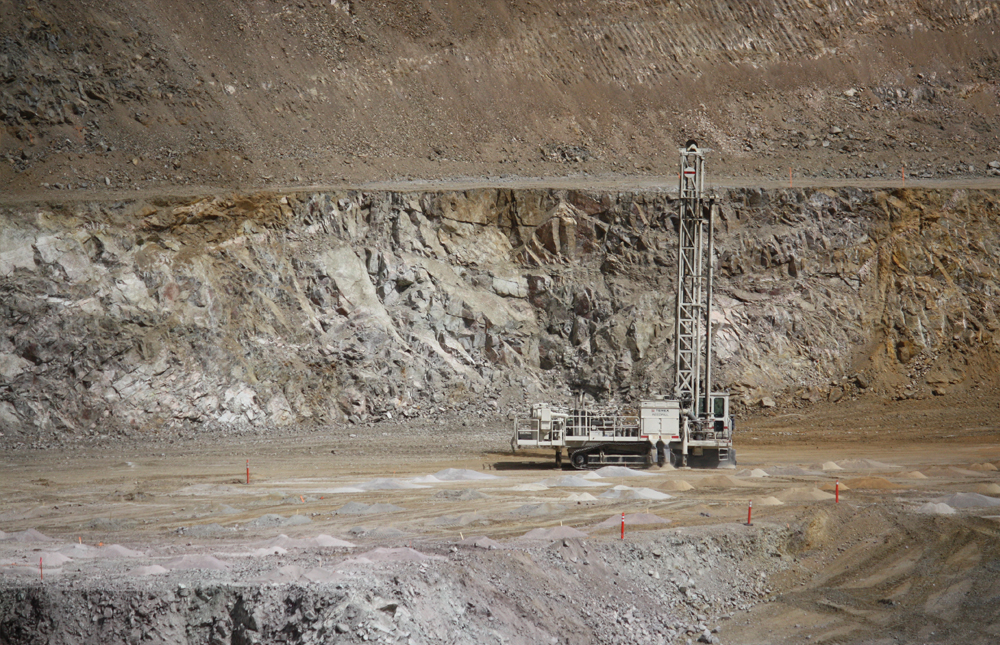
Faro Mine Remediation – Grum Waste Sulphide Cell Remediation Project
Client: Government of Yukon
Year: 2010 – 2011
In spring 2010 Pelly was awarded public tender by Government of Yukon to remediate the Grum Waste Sulphide Dump at the Faro Mine Complex near Faro, YT. This project was the first large reclamation project at the Faro Mine site and involved hauling and placing 1.5 million m3 of various materials.
Approximately 30 hectares of the Grum waste rock pile contains highly sulphidic material, and the remediation plan to prevent water contamination involved sloping the entire area and installing an impervious layer of welded HDPE liner over the entire slope. The HDPE membrane was then covered with till overburden materials, then hydro-seeded.
